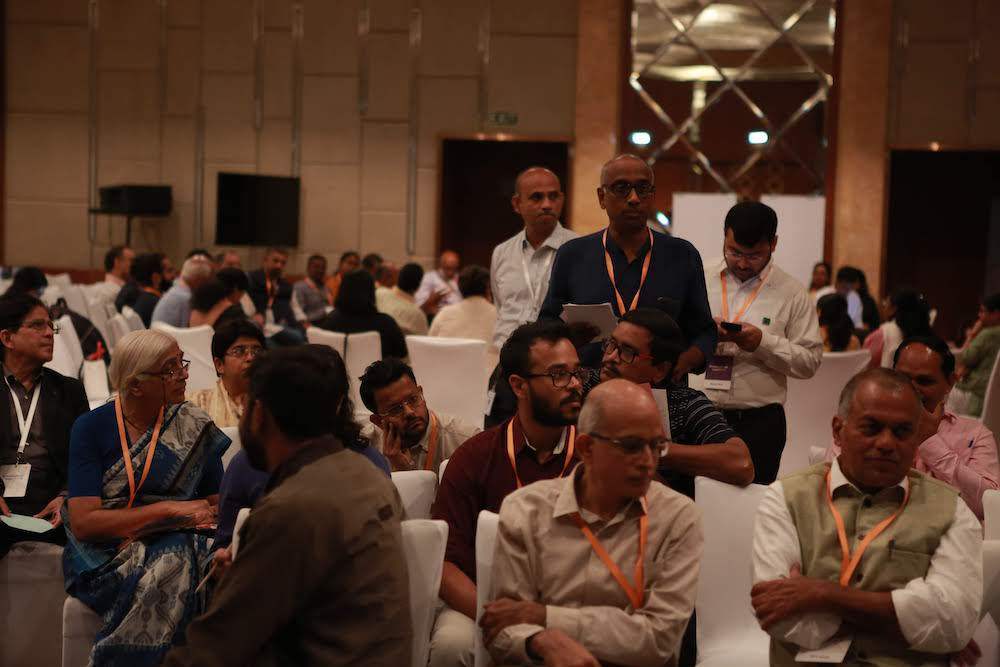SOCIAL IMPACT ORGANIZATIONS: THE CONSTANT JUGGLE BETWEEN SOCIAL IMPACT AND FINANCIAL VIABILITY
Social impact organizations are catalysts in developing countries to alleviate some of the biggest socio-economic issues. Their vision, aligned to the core idea of solving problems, is to create social impact and transform communities. However, there are many roadblocks on this pathway to ensure organizational sustainability, including uninterrupted funding which is critical. Even as corporate social responsibility (CSR) projects have opened funding channels in the social impact sector, opportunities fall short, particularly for non-governmental organizations (NGOs). organizations receive grants and donations, which primarily cater to the programme implementation but there is hardly any funding for an organization’s internal growth, development and system building. Donors are traditionally more inclined towards investing in programmes but not ideas. Some also have domain and region-specific preference. There is often a mismatch between donors’ objective versus the aspirations of social organizations. Most of the social development programmes such as poverty alleviation interventions require long gestation periods to reap intended outcomes. However, donors may not express patience required putting undue pressure on the programme teams to deliver and show impact within these short timelines. Donors often emphasise on economic returns over social impact. Many donors equate the size of an organization to its success.

Lack of donors’ support and uninterrupted funding options stall ideas and projects. These factors eventually compel the organization to change its ‘vision and mission’ altogether to cater to the requirements of donors. Consequently, they fail to create the intended impact. So, how should one warrant enough funds to support and scale efforts towards social impact?
Given the dynamic economic and political environment, it becomes imperative for organizations to transform towards sustainability. While donors remain key stakeholders, the need of the hour is to make the social impact organizations financially sustainable. Organizations should look at models essential for financial transformation and contextualise the ideas that work. The need is to increase funding streams to cover operating costs and above expenses to continue to deliver their impact with quality of programme delivery intact.
Few of the suggestions that emerged from our discussions that organizations can follow towards financial sustainability are:
- An organization should first set realistic impact goal and determine financial requirements accordingly. The next step could be looking for donors with similar ideas or goals. Organizations should refrain support from donors with contradictory visions. The donors should invest in the cause and not just programme.
- organizations should upgrade their story-telling strategies to donors. They should regularly conduct outcome assessments and use the data to demonstrate the impact that their work has generated.
- A strong recommendation was to have a robust financial strategy and track of the financial flow within the organization.
- An organization should never hinge on just one funding source. There should be at least three or more sources as single-source dependency is unpredictable and can potentially halt an entire initiative.
- Organizations must also start exploring internal funding options. This becomes imperative, especially in a dynamic business environment. One can explore feasibility models such as dual pricing, sponsorship and membership fees to streamline funds.
- Hybrid models of organizations can also help pave the way to sustainability. Such models offer flexibility and room for the acquisition of finance from both commercial and philanthropic sources. A conventional non-profit can generate revenues through commercial activities while in parallel addressing social challenges.
- Technology is the need of the hour and its adaption and adoption can help improve operational efficiency., This can help an organization with overall strategy, donor engagement and expanding financing strategies through communication, outreach, online platforms and much more.
It becomes crucial to balance and ensure the organizational vision stays intact to achieve the intended goals without compromising on financial health.
Is your organization aspiring towards organizational sustainability? How can we make organizations financially viable?
Have thoughts or ideas? Write to us on [email protected] / [email protected]
This article is based on the larger discussion held in the ‘Transform for Scale’ solution circle during the Catalysing Social Impact (CSI) event held on August 29-30 in Bengaluru.
The author, Shweta is a Research Associate at Catalyst Management Services, Bengaluru.
















